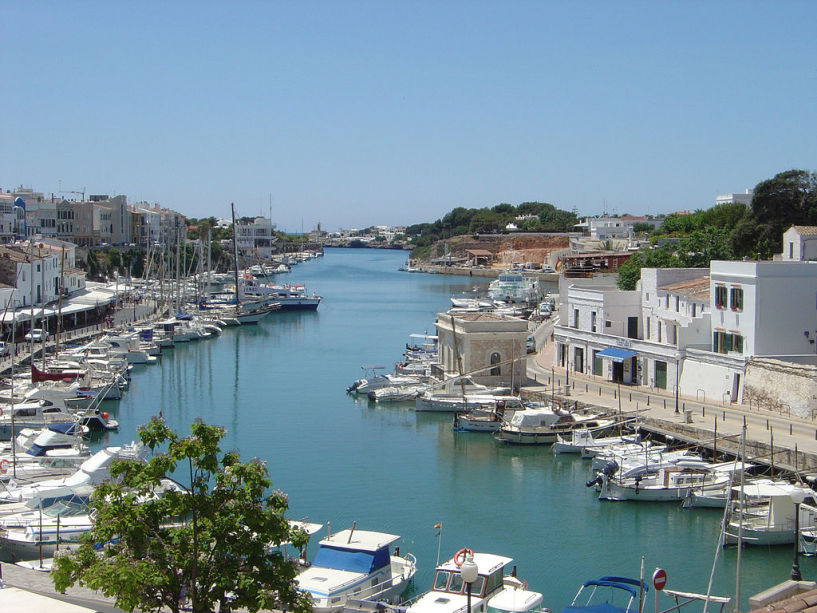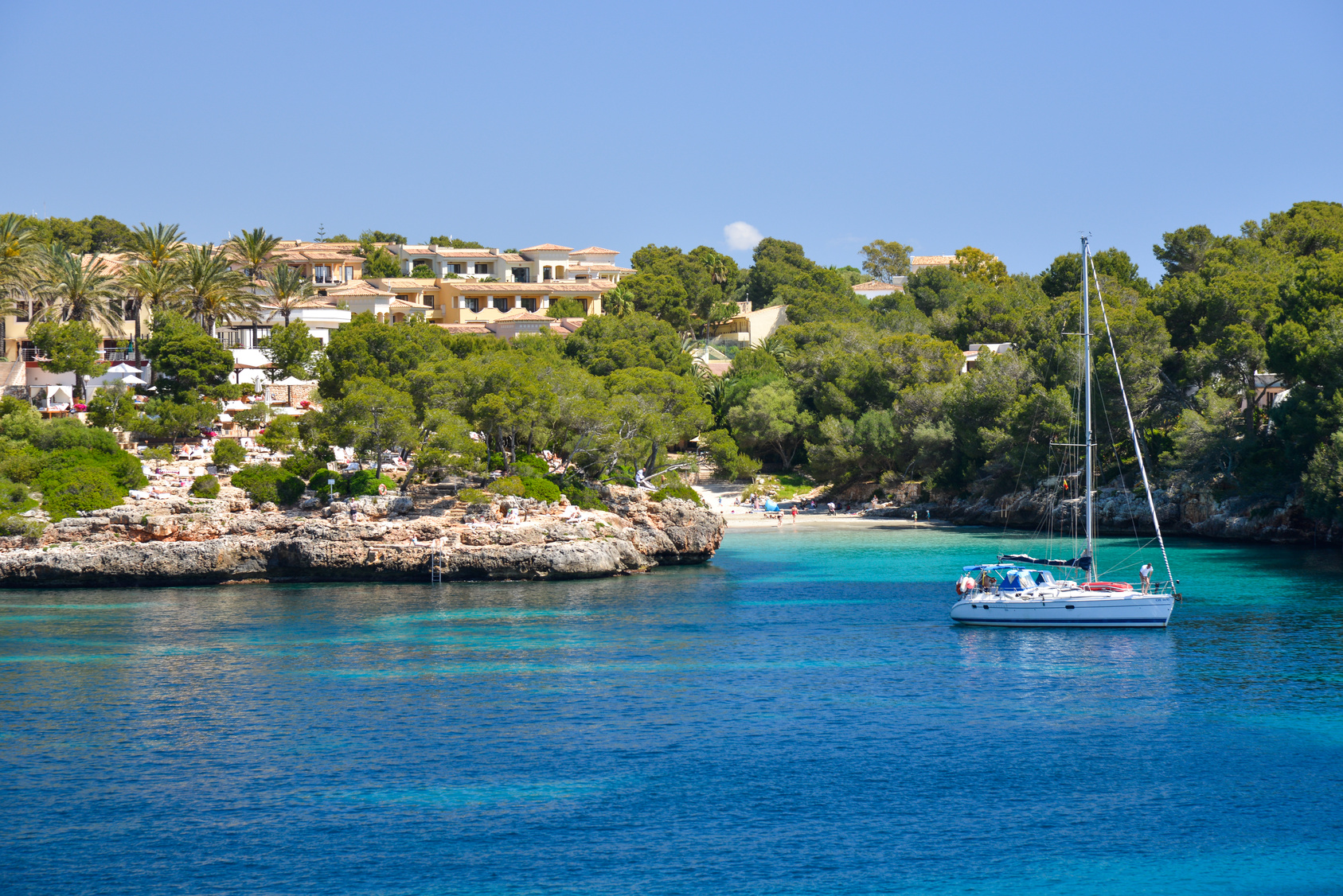Cast out from the east coast of Spain, well into the Mediterranean’s waters, is the tiny island of Menorca. Due to its remote, beautiful location and famous beaches, Menorca has become a popular tourist destination. There’s more to this little island than sun and sand, however; if you can time your holiday to coincide with any of the festivals below, you’ll experience some of this island’s vibrant culture and ancient traditions.
The Feast of Saint John
This is a celebration in honour of Saint John. The celebrations begin on the Sunday before the 24th of June, where a man dressed in sheepskin and carrying an immaculately bathed and groomed one-year-old lamb walks barefoot (accompanied by a few other people) through the town in order to invite Ciutadella’s residents to the upcoming celebrations. The main fiesta occurs on the night of the 23rd, roughly coinciding with the summer solstice. Indeed, the solstice was fervently celebrated in pagan tradition, before the holiday was incorporated into Christianity under King Clovis.
While the Feast of Saint John is celebrated in other parts of Spain, being especially popular in coastal towns, different places have their own unique ways of celebrating. In Menorca the local celebrations largely focus on debonair displays of equestrian skill, with the riders taking their horses in choreographed motions to music, rearing up while the onlooking crowds try to support the horse with their hands mid-rear, and even demonstrations of tilting and high-speed rides where the riders of two separate horses are locked arm-in-arm. This focus on horses is hardly surprising when considering the context of Menorca’s rich equestrian tradition: Menorca is home to doma menorquina, a school of riding and dressage, and is also the birthplace of the famous Menorquín horse breed.
After these fantastic horseback displays are over, Menorcans celebrate all night with feasting, fireworks and bonfires. If you look along the coast in almost any part of Spain on this night, you’ll see it outlined in bonfires, with people camping, eating and drinking together to mark the feast.
[mapsmarker marker=”48″]
Matances de Bujots, or the Killing of the Rag Dolls
On Easter Sunday, various groups and associations string up their bujots, or rag dolls. These rag dolls have been made weeks in advance and represent various publicly ridiculed figures, often politicians caught in scandals.
At exactly noon, every bujot is surrounded by a group of several people, all carrying blank-firing guns, who then begin to shoot the bujot at contact range. Despite the weapons’ being loaded with blanks (in order to prevent accidental shootings), the hot gases, burning powder and debris expelled from the muzzle tear the effigy apart, eventually igniting it. Eventually, every bujot has fallen flaming from its ropes and the Mantaces de Bujots is over.
This tradition is speculated to have arisen from a much older tradition, wherein a straw figure was paraded through the town and then burned to mark the end of Lent.
The Feast of Saint Anthony
Less popular with tourists due to its occurring in January, well out of tourist season, the Feast of Saint Anthony is nonetheless well worth experiencing if you happen to be in the area. Occurring on the 16th-17th of January, the first day of the feast is marked with small bonfires. Menorcans sit around these fires, singing and celebrating. Traditionally, botifarrons (locally made black pudding) are roasted on the fire.
The following day is marked by a flamboyant parade through Ciutadella. Full of bright colours and photo opportunities, the parade finishes in front of the church, where a blessing is dedicated to the island’s animals, whose patron saint is Anthony the Abbot.
How to get to Ciutadella
Ciutadella is served by Menorca Airport. Flights are available from London (and indeed many international airports) to Menorca, with direct flights from London taking approximately two and a half hours with either EasyJet or Monarch.
Unfortunately, there is no public transport from Menorca Airport to Ciutadella, although you can reach Ciutadella in under an hour, either by booking a Menorca transfer from the airport or by renting a car and taking the Me-1. Total driving time is about 50 minutes.
[mapsmarker marker=”23″]
Where to stay
Cala Bona y Mar Blava – The Cala Bona is a charming, comfortable, no-frills hotel, offering a high quality experience at highly competitive prices. Only a couple of minutes on foot from a lovely, sheltered beach, the Cala Bona is also equipped with its own pool and terrace, for a nice, lazy start or end to the day.
Hotel Menorca Patricia – For a mid-priced option, consider the Patricia. With an excellent harbour-side location, the hotel boasts a slick, clean modern décor which is nonetheless comfortable and far from sterile.
Hotel Can Faustino – Set in an original building dating back to the seventeenth century, the Can Faustino offers a stellar hotel experience. Marrying luxury with a classic Mediterranean feel, the hotel offers sea views, a la carte dining and an atmospheric indoor pool, with its rough rock ceiling lit by an otherworldly blue glow.




